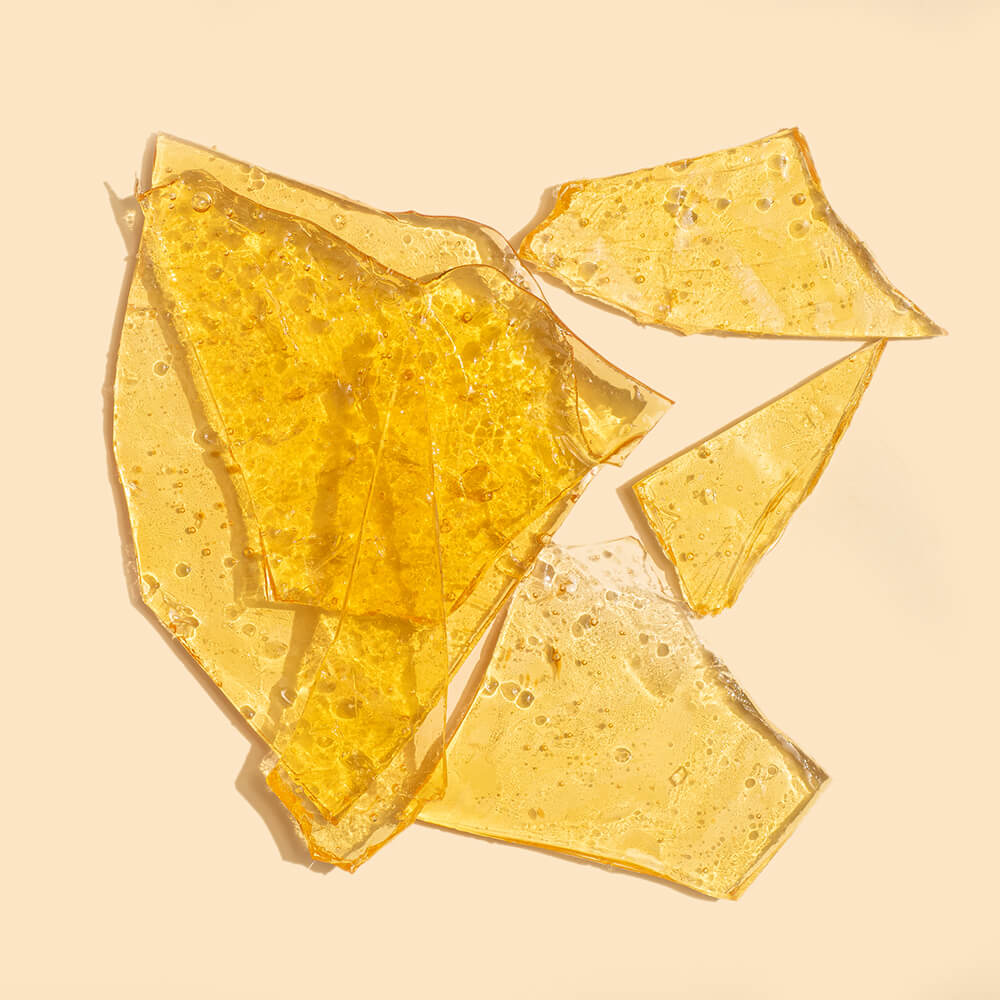Intro to Shatter and Wax
Shatter and wax, two forms of butane hash oil (BHO), represent highly concentrated, solvent-based cannabis concentrates. This article delves into the manufacturing process, consumption methods, the advantages and drawbacks of choosing shatter and wax, and shopping and potency considerations.

Intro to Shatter
Shatter and wax fall under the umbrella of butane hash oil (BHO), a term encompassing cannabis concentrates crafted using butane as a solvent. Depending on the processing, the consistency of BHO can vary from whipped to gooey to crumbly.
How are Shatter and Wax Made?
Shatter, a golden, glass-like substance, is created by processing cannabis with butane to extract trichomes rich in cannabinoids and terpenes from the buds. The solvent is then evaporated with low heat, removing excess oils and leaving a translucent material that solidifies into a hard sheet.
Wax is produced similarly, but the evaporated concentrate is whipped, incorporating air and altering the crystal structure to impart a creamier feel. The final product may be called wax, budder, or badder, each term reflecting the distinct texture. Budder may resemble frosting, while badder boasts a looser, saucier consistency. Wax typically has a thick, honey-like feel.
Consumption Considerations
Both wax and shatter can be smoked by adding them to dried cannabis flower in a joint. Alternatively, they can be vaped in a concentrate-specific vaporiser or a dried flower vaporiser with a concentrate attachment. Dabbing, a method favoured by experienced users, involves vaporising shatter or wax using a dab rig. For newcomers, dabbing is discouraged due to its complexity and potential for strong, immediate effects.

